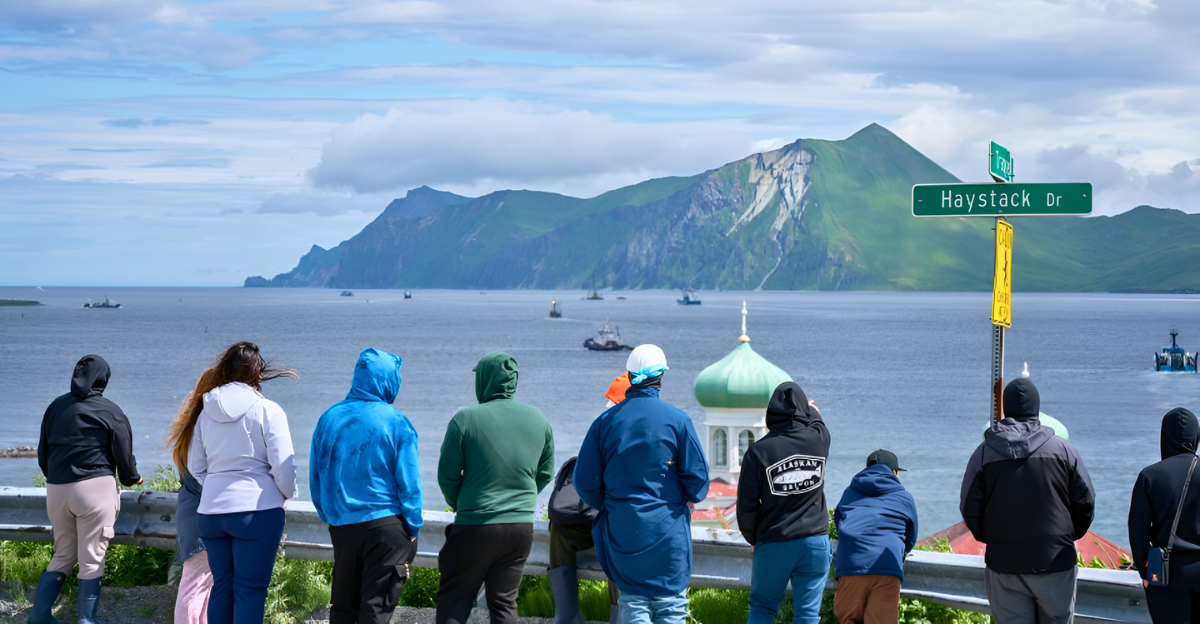
Recent scientific breakthroughs have dramatically redefined natural disaster risk for the United States. According to The New York Times, official warnings now include vast stretches of American coasts and inland cities, with the Pacific Northwest, Alaska, Hawaii, and more facing tsunami and flooding dangers.
Mr. Rick Spinrad, former NOAA director, says, “These new models show vulnerability where none was expected just ten years ago.”
Expanding Risk Zones
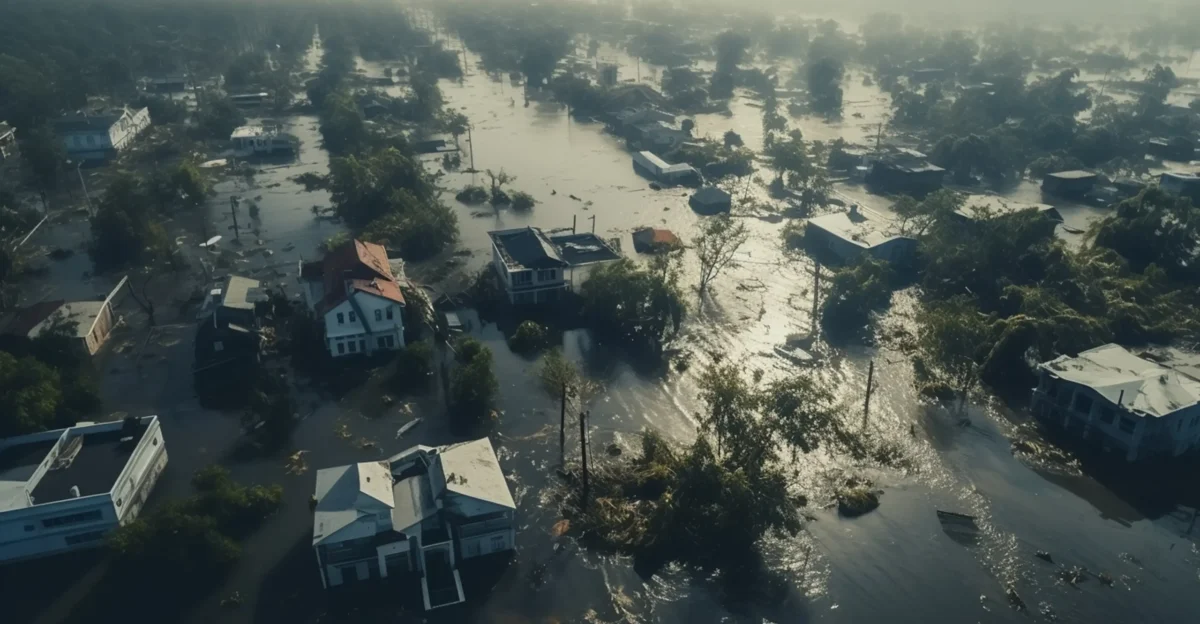
Over 40% of Americans now reside in areas facing the threat of flooding or tsunamis, based on updated U.S. Geological Survey data. Reuters analysis reports flood damage to homes could reach $32 billion by 2051 as hazard zones grow.
Rick Wilson, National Tsunami Warning Center coordinator, warns, “The critical issue is residents must know their hazard zone ahead of time.”
Deep Geological Roots
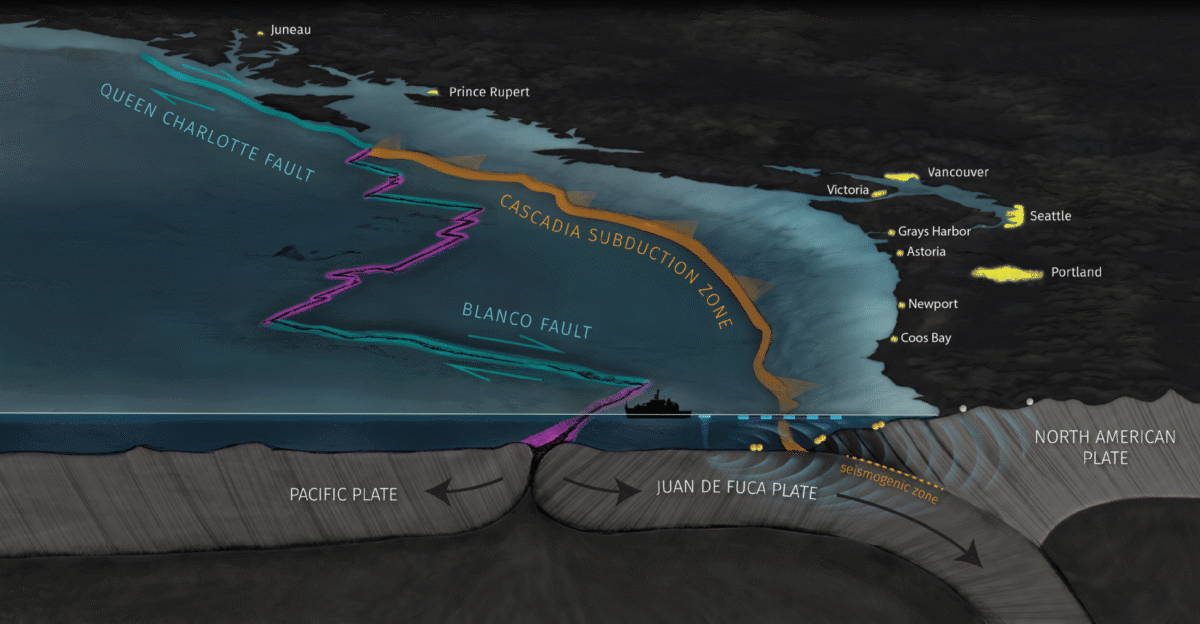
The underlying danger in many regions stems from seismic fault lines and changing climate patterns. Virginia Tech scientists revealed that the Cascadia Subduction Zone in the Northwest, dormant for centuries, remains overdue for a major quake.
“Coastal subsidence could expand flood risk by hundreds of square miles after a quake,” says Prof. Tina Dura, geoscience expert.
Floodplain Pressures
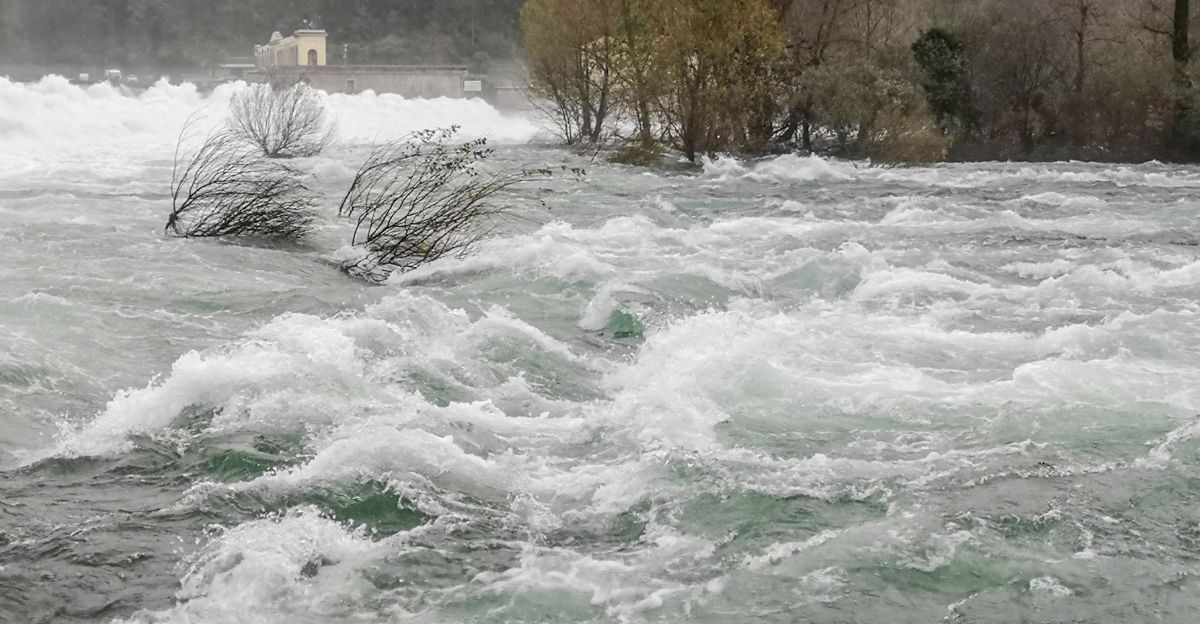
New FEMA and NOAA hazard maps highlight how urban growth continually pushes Americans into high-risk flood zones, even as storms intensify and rainfall records are shattered.
“We need a cultural shift,” says Dr. Samantha Montano, disaster researcher, “Engineering and policy changes alone aren’t enough.” Political gridlock may slow the rollout of critical upgrades.
A Serious Tsunami Risk
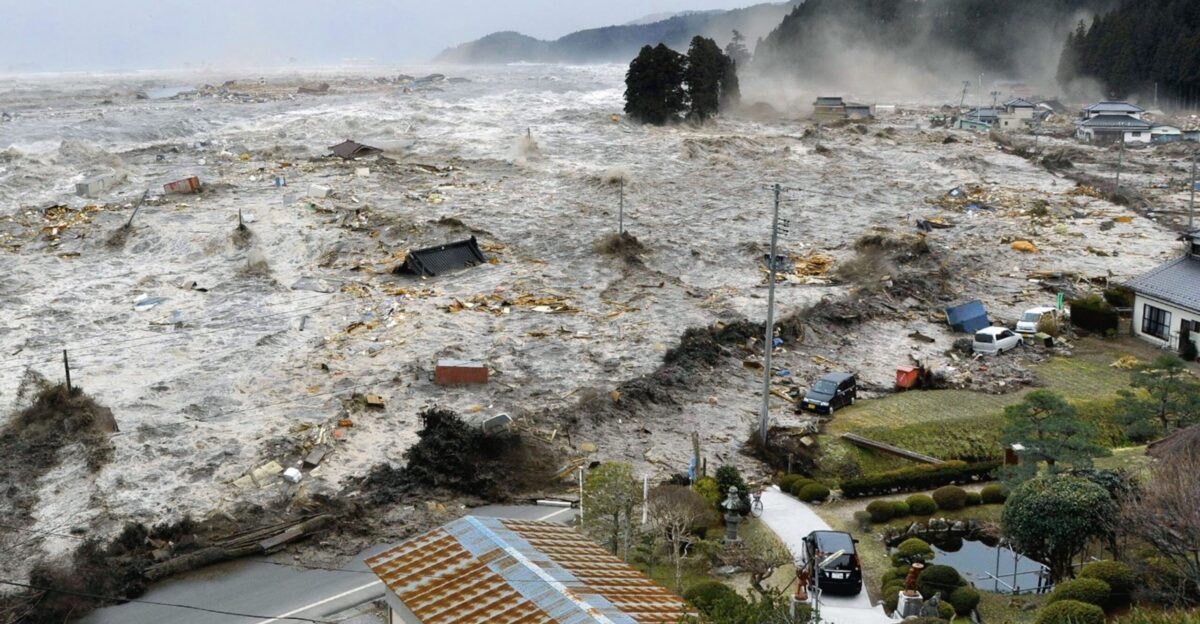
A May 2025 global study found that the Pacific Northwest, Alaska, and Hawaii now face “major or serious tsunami risk.”
Northern California and Oregon’s coastal land could sink by up to 6.5 feet during a Cascadia earthquake, tripling the floodplain size and threatening thousands of homes, roads, and lives.
Northwest Epicenter
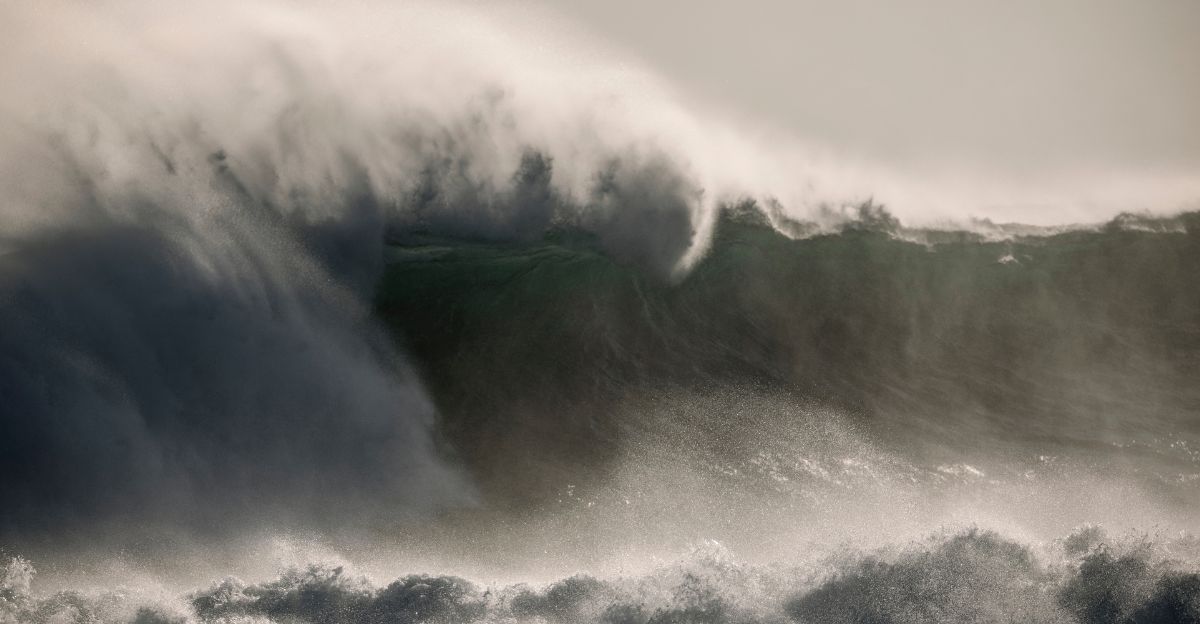
The new hazard maps show the Pacific Northwest could see tsunami waves reaching 100 feet after a major earthquake.
As Prof. Dura explains, “Recovery could be delayed for years as expanded floodplains affect land use and critical infrastructure.” This region is under heightened watch from NOAA and USGS.
Testimonies of Loss
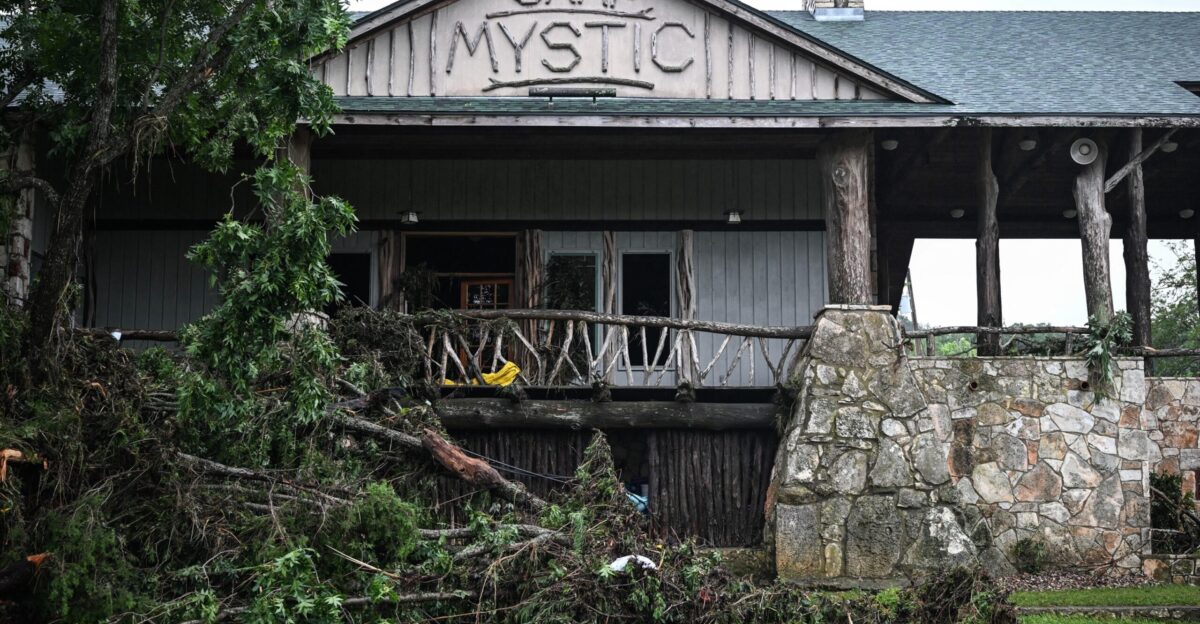
Camp Mystic in Texas was devastated after sudden storms and flooding in July 2025. Katharine Somerville, a counselor, recalled, “Our cabins were completely inundated.
The devastation is beyond what we could have imagined.” Evacuations used military trucks, reflecting growing emergency needs for communities far from the coast.
Federal Coordination
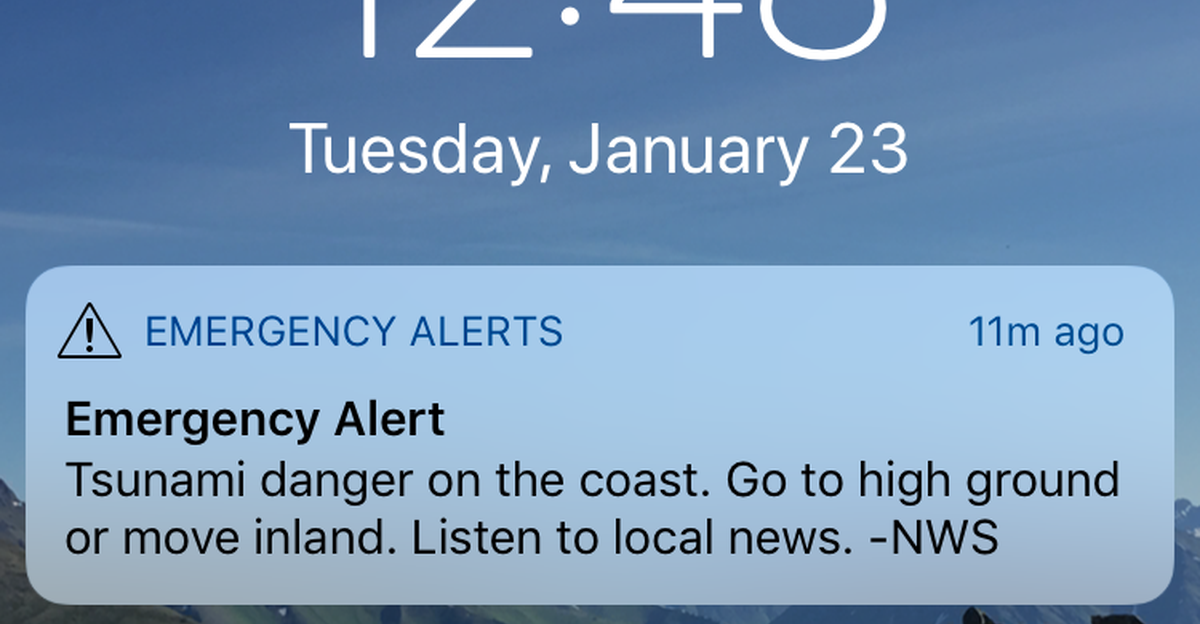
FEMA, NOAA, and USGS are modernizing response systems, deploying more sensors and advanced forecasting tools nationwide.
Mr. Dave Snider, National Tsunami Warning Center, emphasizes, “Government agencies now play a critical role—especially with expanded lead times for many scenarios.”
Changing Urban Risk
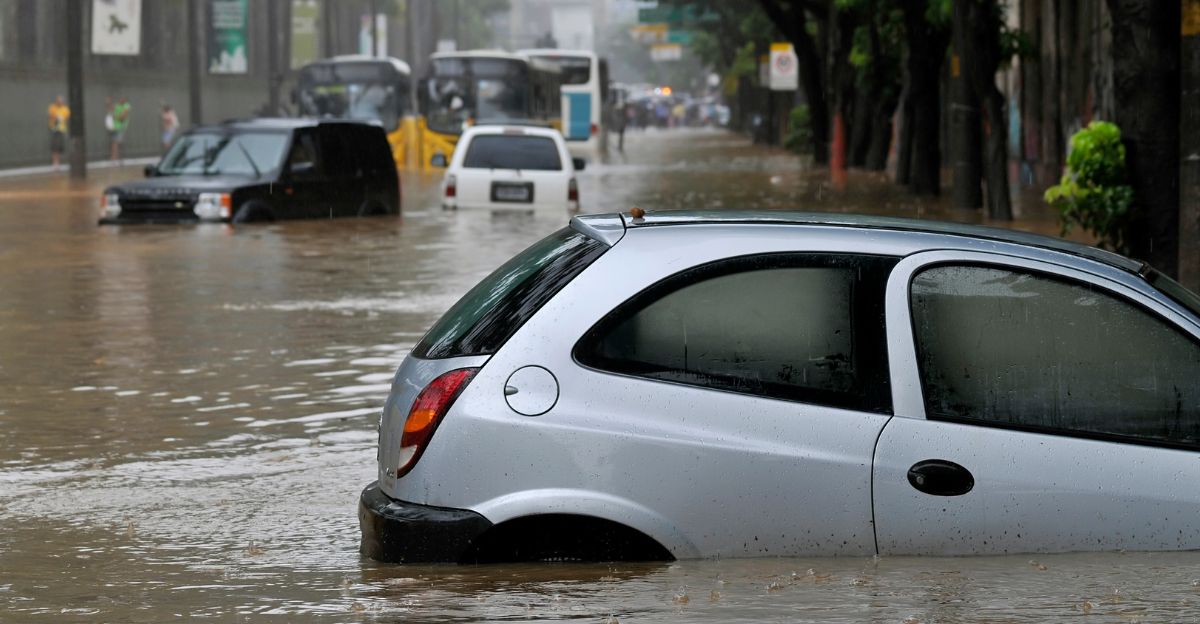
Major cities like Buffalo and Fort Lauderdale have seen flood risk jump as new models replace old assumptions.
FEMA now puts two-thirds of Fort Lauderdale homes inside the floodplain, compared to only 41% previously. “Many residents don’t know about the risk until insurance rates jump,” says local official Susan Hough.
Map Modernization
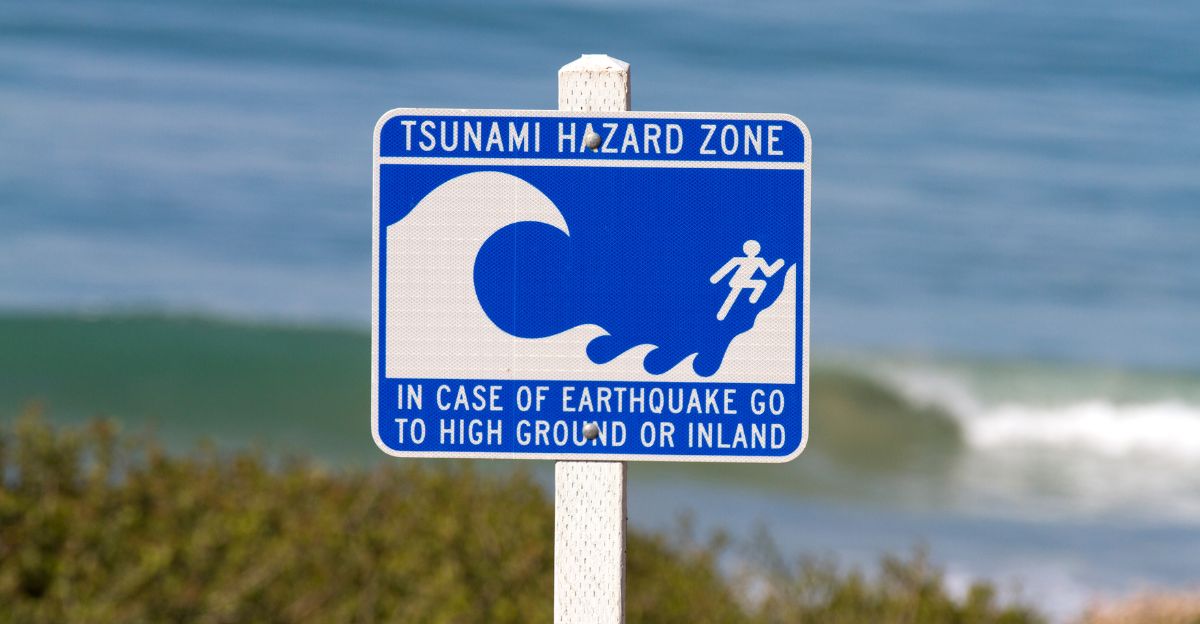
A 2007 USGS-led pilot study in Oregon marked a turning point, integrating tsunami research into FEMA’s hazard mapping.
Mr. Frank González, NOAA researcher, said, “These new mapping approaches offer crucial visualization tools for communities and planners.”
Local Struggles
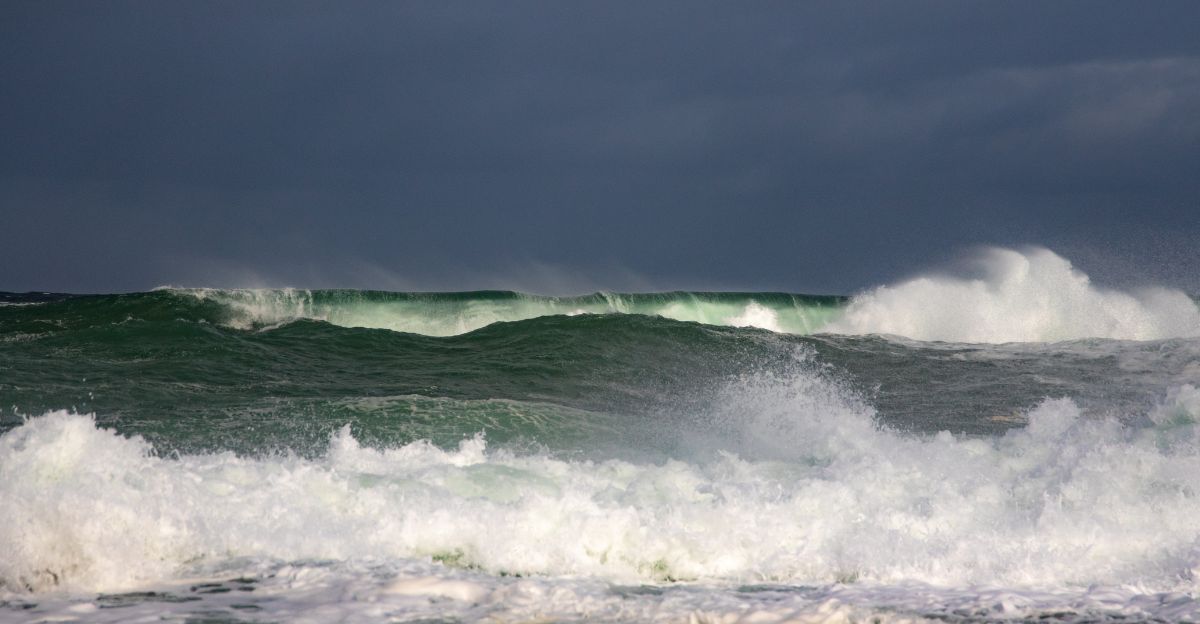
Local officials often face limited funding for disaster upgrades. Mike O’Hare, Washington’s emergency manager, says, “We’re still trying to adapt plans for the new hazard zones.
More investment is needed as these updates become reality statewide.” The tension runs high during annual reviews.
Shifts in Ownership
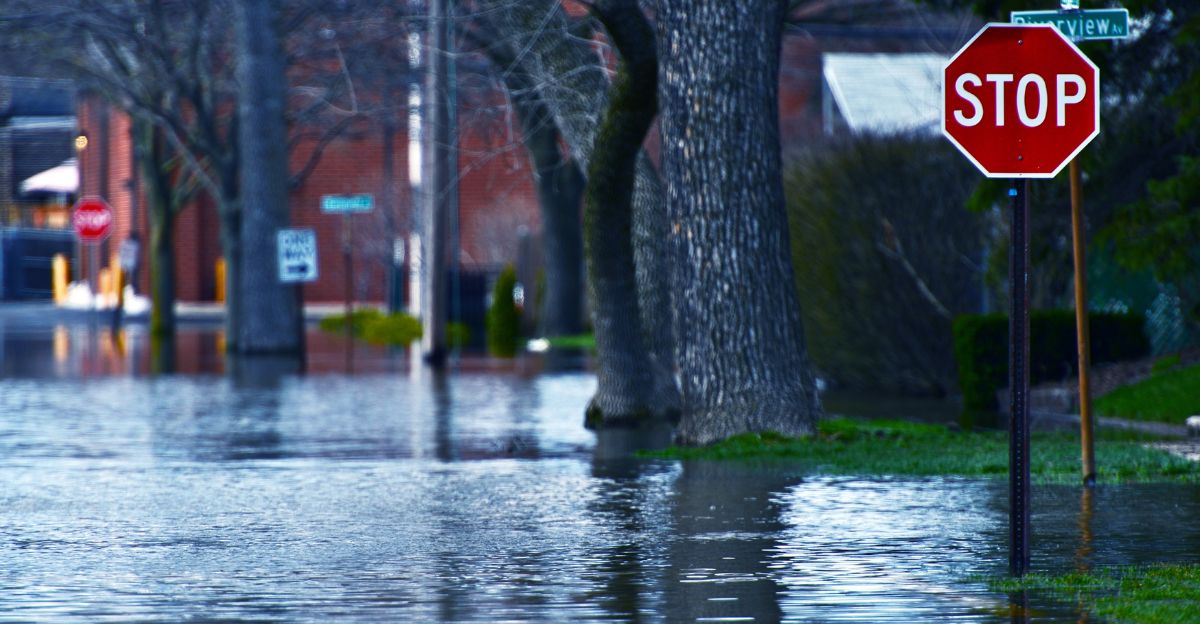
Property owners in coastal and flood-prone areas reconsider investments as hazard maps change. Some sell at a loss, while insurers retreat from hard-hit markets.
Mr. Jeff Johnson, real estate advisor, notes, “Traditional wisdom about location is shifting alongside official risk ratings.”
Resilience Strategies
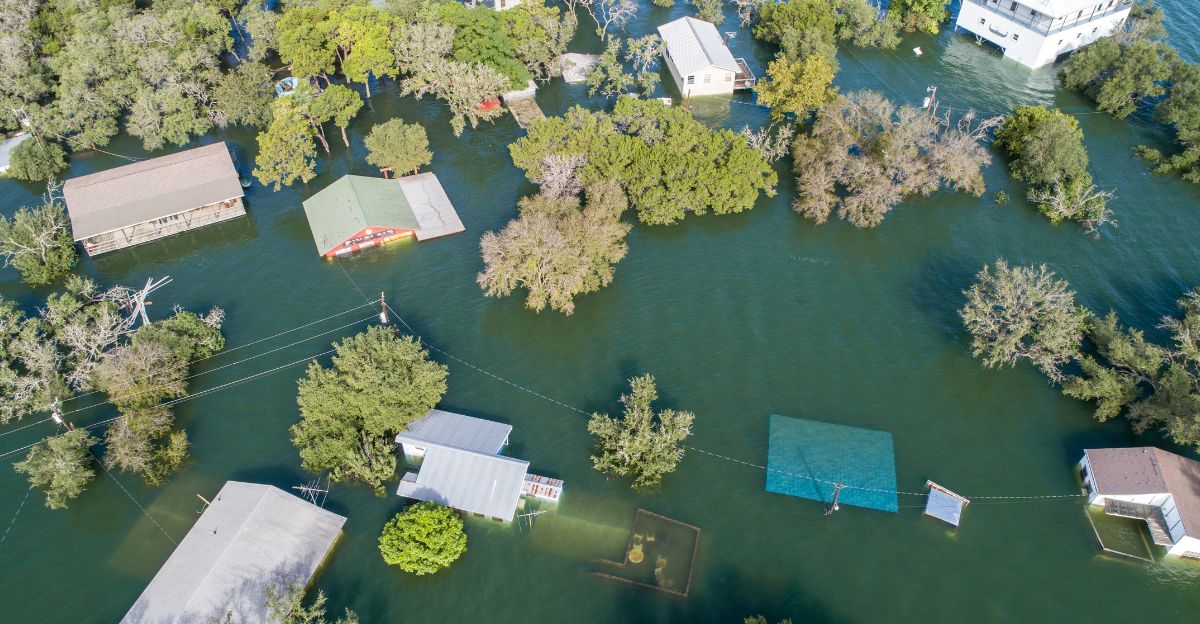
Towns are building vertical evacuation towers, raising roads, and upgrading early warning systems. Federal grants now prioritize adaptation, and states like California and Oregon lead with new engineering and public outreach efforts. “Preparedness saves lives—long lead times can be the difference,” says Dr. Lucy Jones, disaster scientist.
Ongoing Doubts
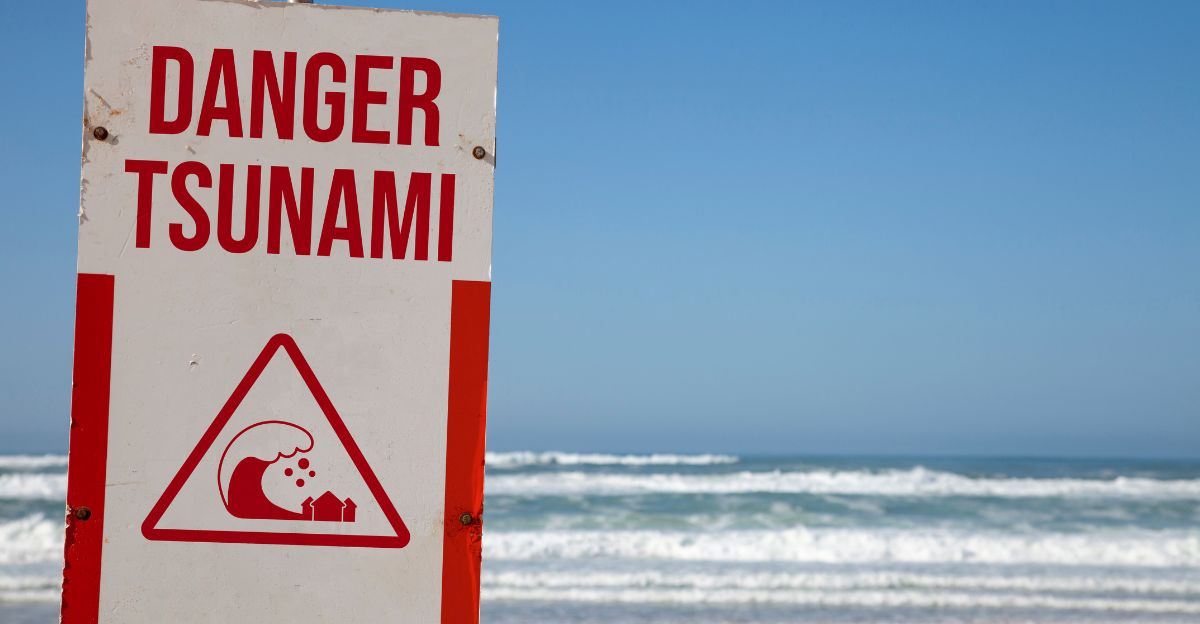
Disaster scientists say many hazard models remain conservative. “There’s more unknown than known about the true scope of the danger,” says Dr. Jones. Experts call for ongoing research, improved modeling, and more transparent public education.
Climate-Driven Changes
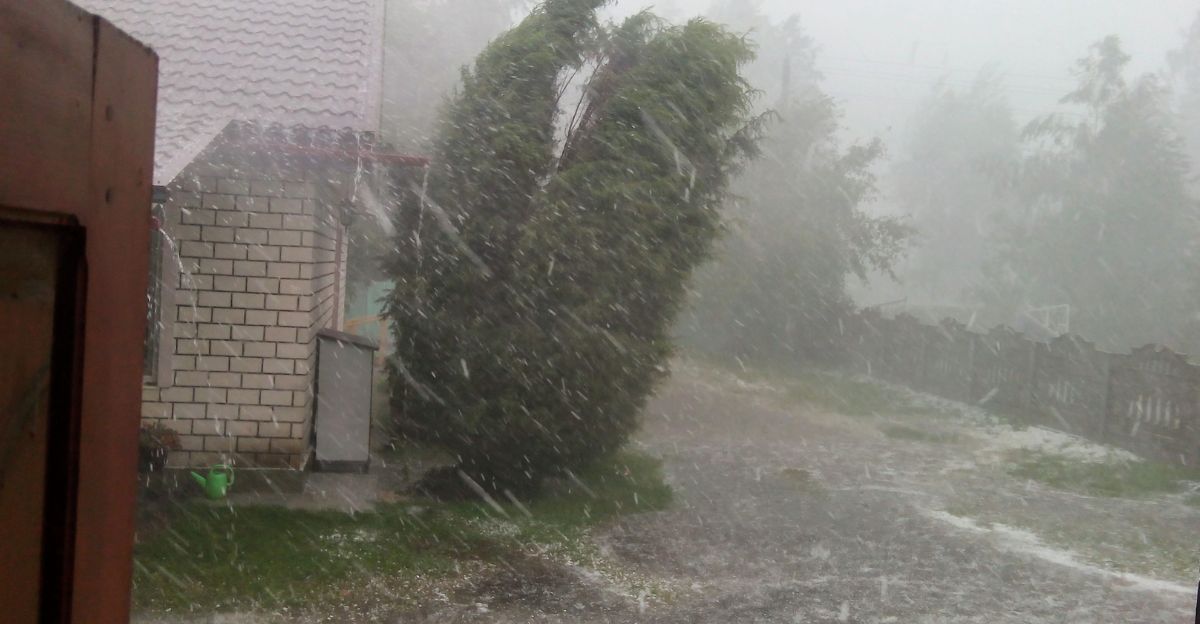
Climate-driven changes and land use trends will further redraw risk maps. Mr. Rick Spinrad of NOAA stresses, “Future developments must prioritize resilience and adaptation.” Americans are being asked to weigh relocation, insurance, and new building codes.
Legislative Push
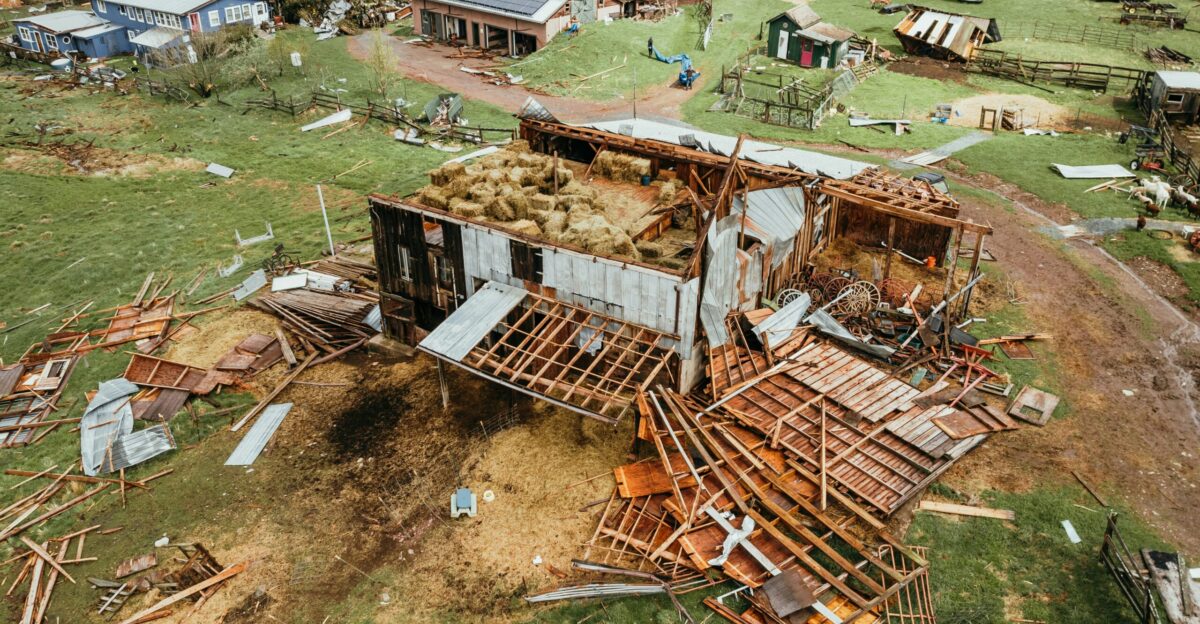
Lawmakers debate new building codes, zoning reforms, and disaster aid to reduce populations in hazard zones.
Bipartisan bills propose increased funding for upgrades and detailed evacuation plans. Pressure is growing for the U.S. to match international best practices.
Global Parallels
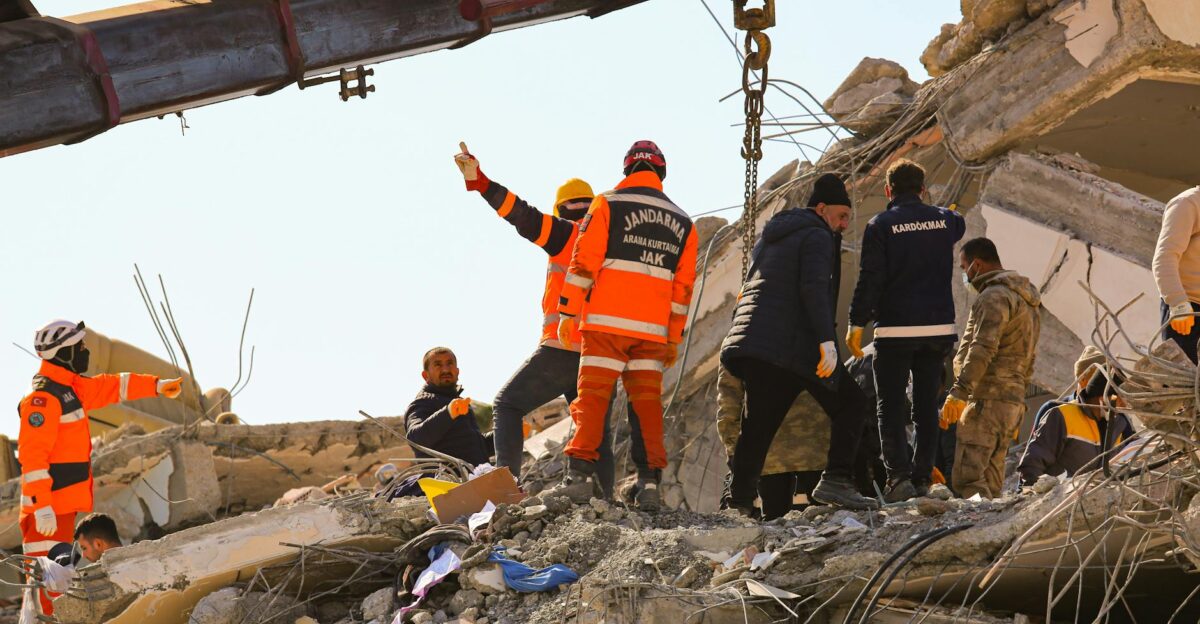
Japan, Chile, and New Zealand collaborate with U.S. agencies, sharing research and response strategies. “Learning from real-world disasters abroad helps us refine early warning systems here in the U.S.,” says Mr. Eric Geist, US Geological Survey.
Legal and Environmental Impacts
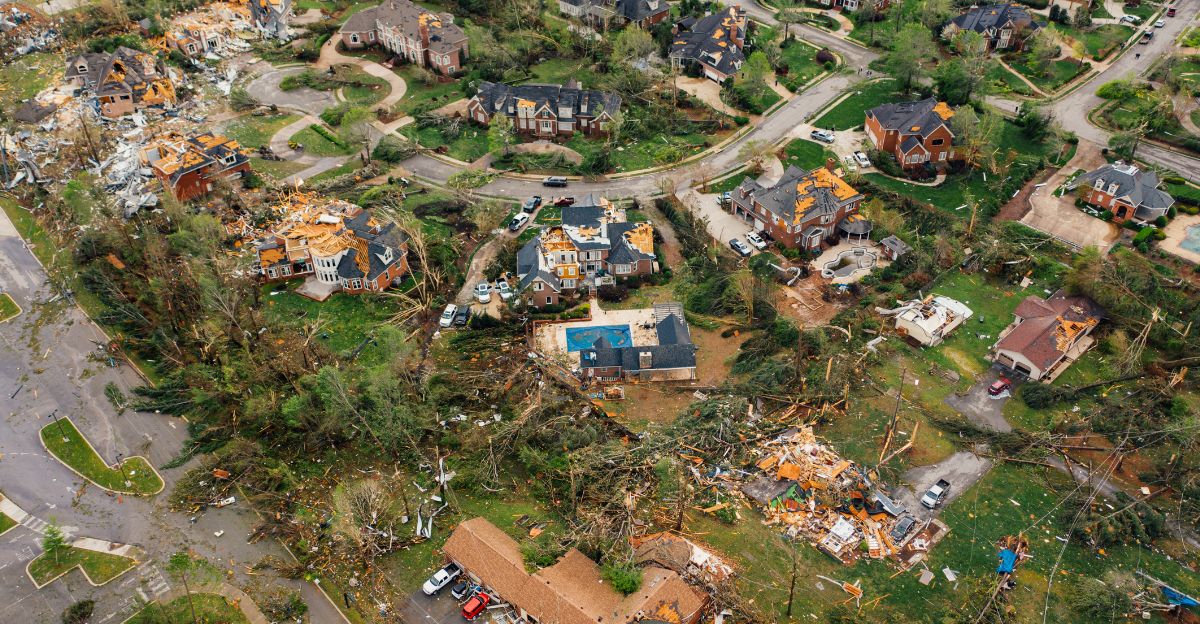
Insurance disputes and legal battles grow as homes and businesses seek compensation for disaster loss. Environmental groups warn of habitat destruction and inequitable impacts on disadvantaged neighborhoods. Courts struggle to keep pace with new hazard data.
Generational Shifts
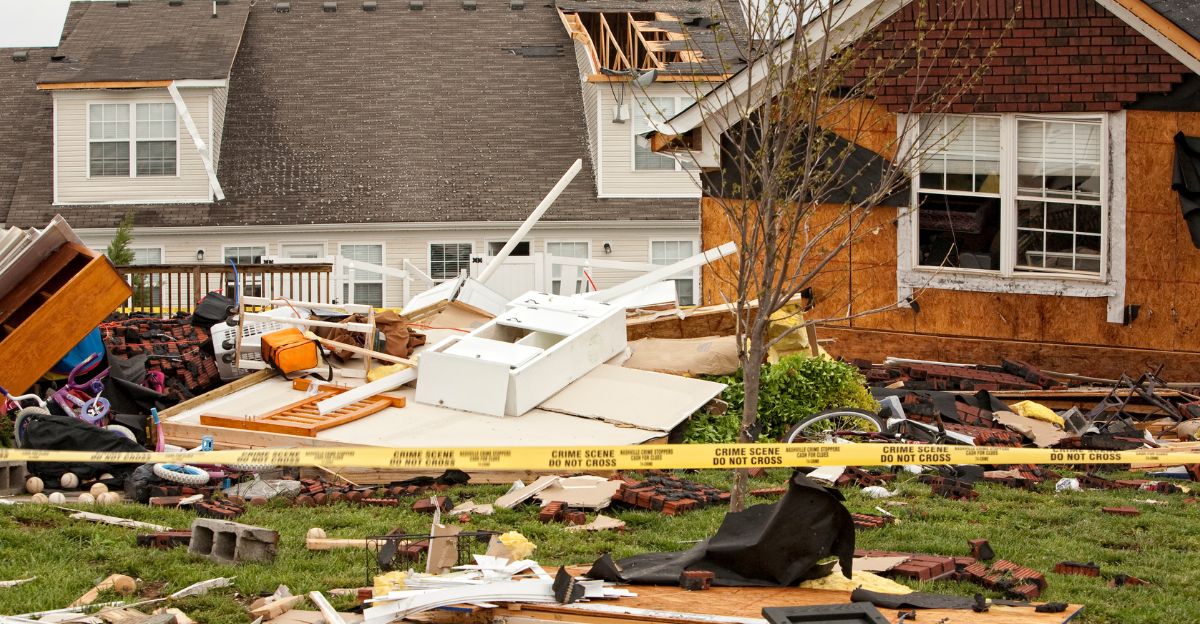
Young Americans are increasingly aware of disaster risks. Schools, nonprofits, and social media campaigns promote readiness, shifting concern from rarities to regular planning decisions. “We’re not waiting; we’re preparing,” says student leader Jamie Nguyen.
What Lies Ahead
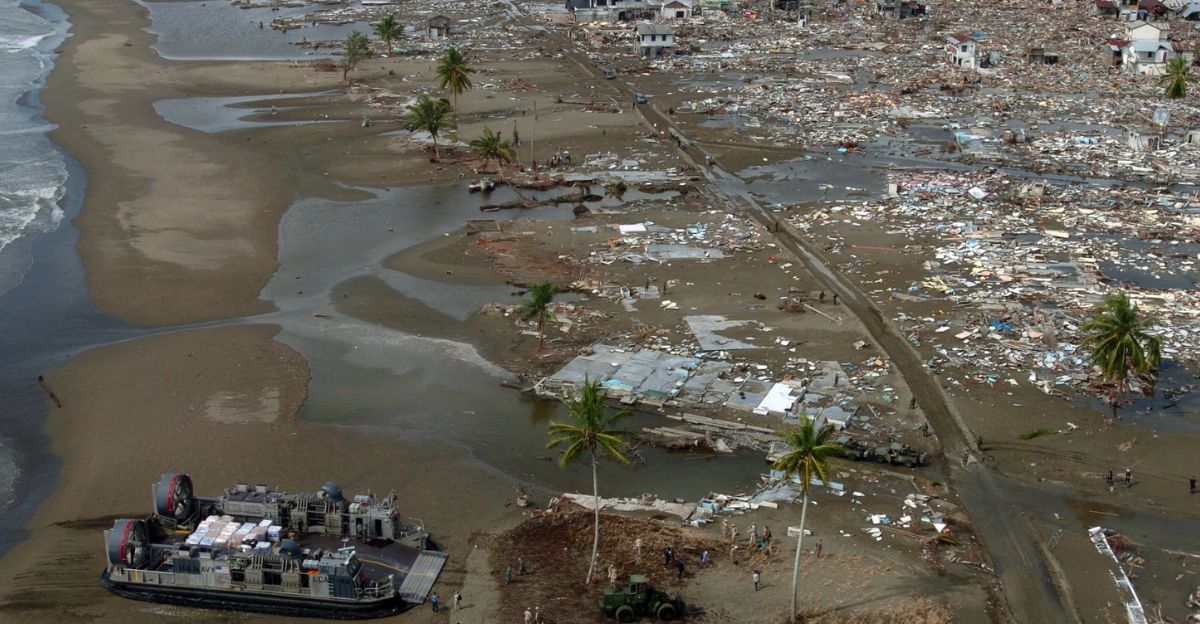
Expanded risk zones for tsunamis and flooding signal a new disaster era in America. As Mr. Doug Bohlen, California Geological Survey, concludes, “Being prepared and informed is now a vital part of community resilience—these changes affect everyone, everywhere.”